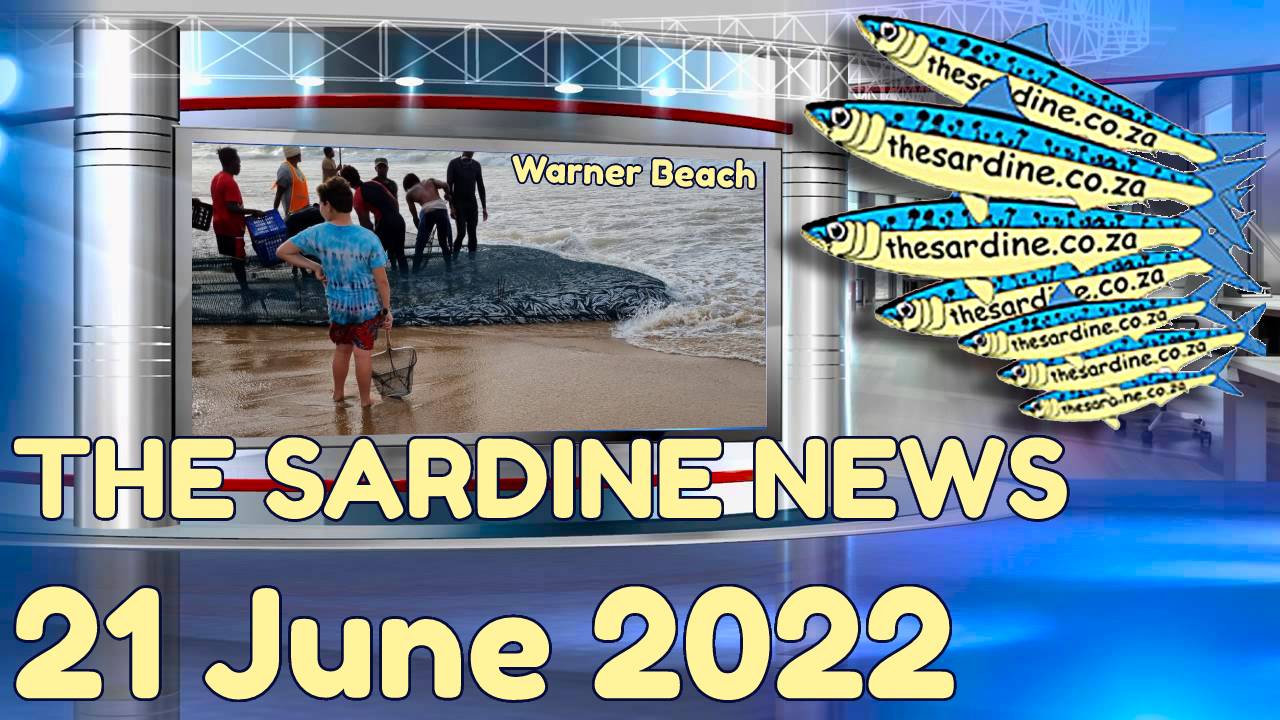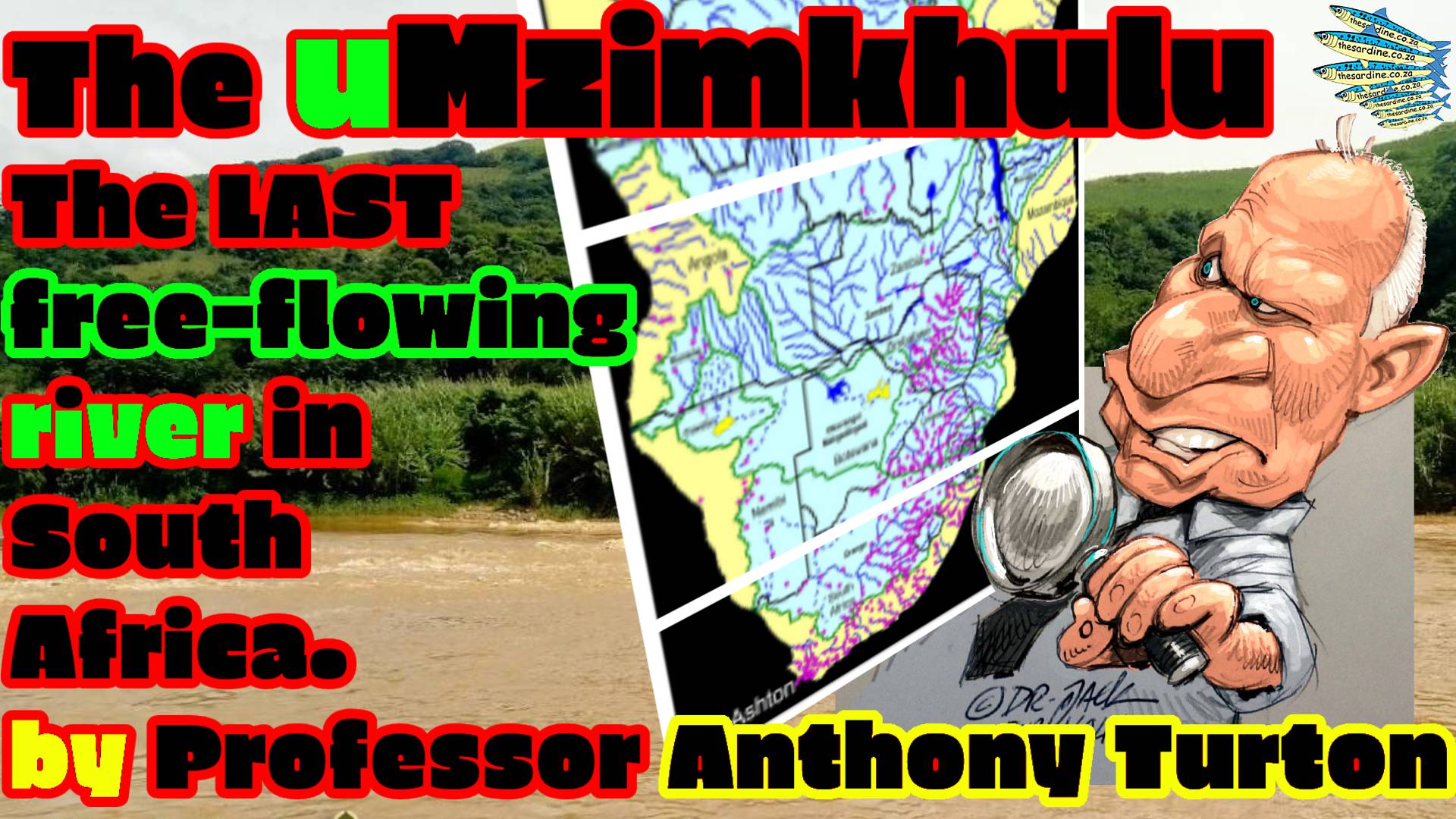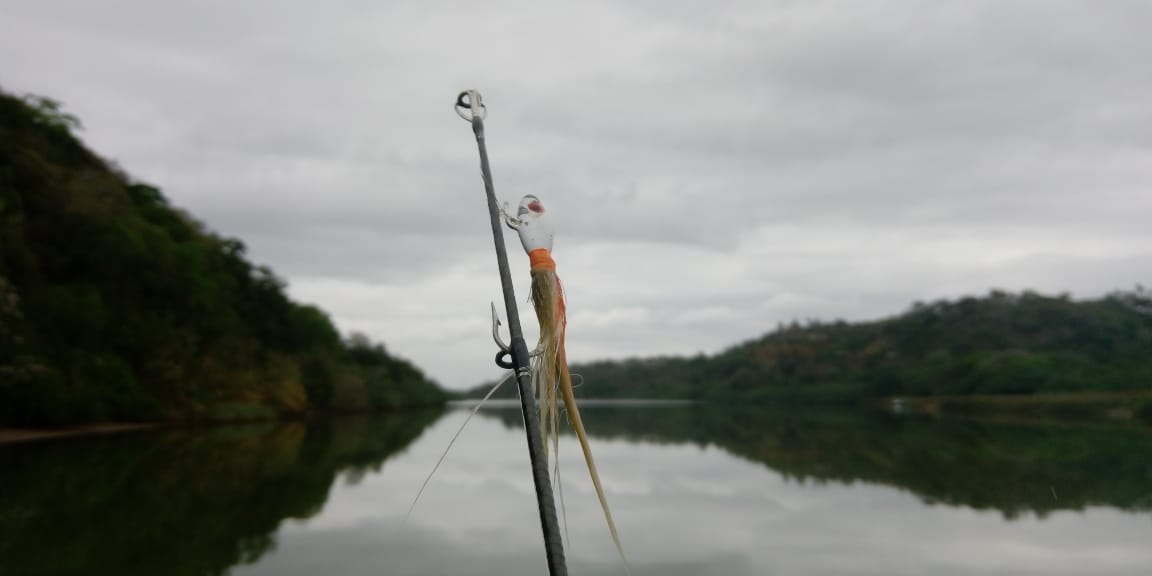Sardine Update 21 June 2022
Sardine Update 21 June 2022 Sardine Update 21 June 2022: another beautiful KZN south coast winter day! And the sardines just keep coming! Net after net. Day after day. And it’s only just begun. Presumably, the foul ocean conditions that were holding them back, have given way, and the sardines jumped at the chance to … Read more





